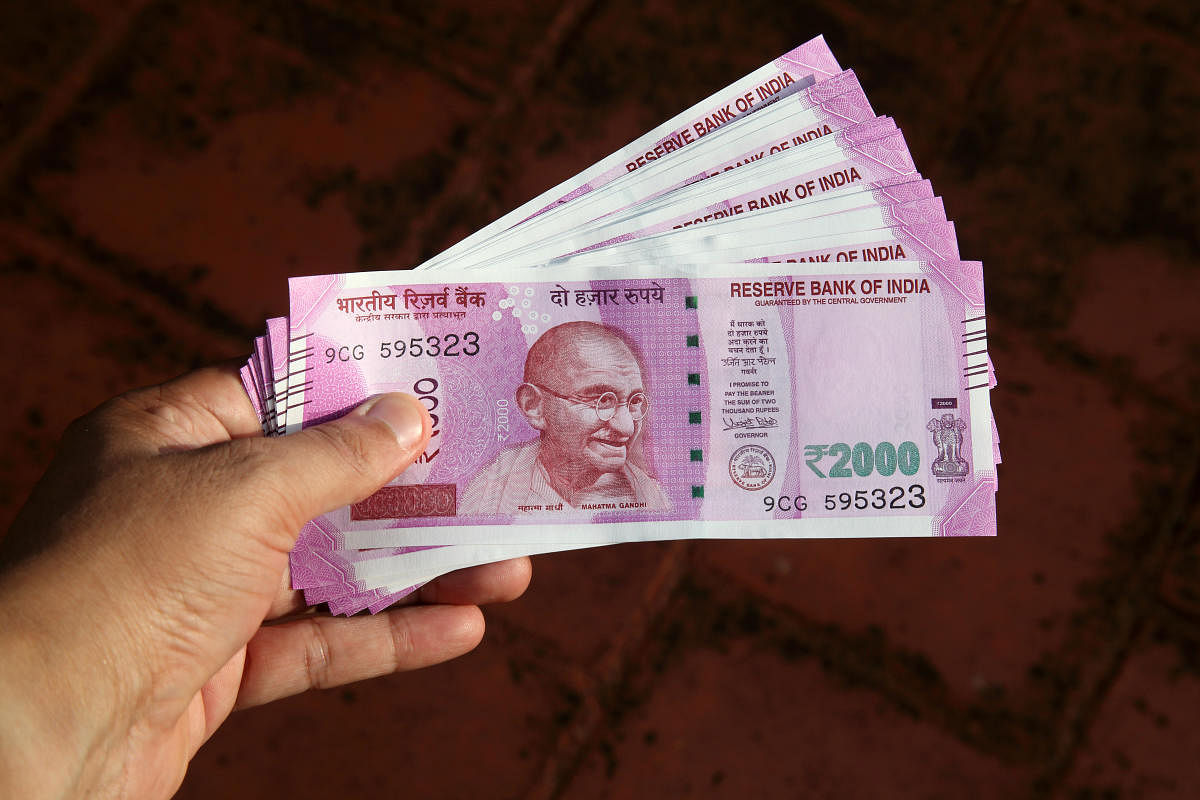
Nirmala Sitharaman, India’s first full-time female Finance Minister, will present the first budget of Narendra Modi-led government's second term on July 5.
Taking up the crucial Finance Ministry portfolio, Sitharaman has a big task at hand. In her new role, the former defence minister needs to address issues such as economic slowdown, unemployment rate which is at a 45-year high, severe agrarian crisis, NPAs marring the banking sector.
While all eyes will be on Budget 2019, it is imperative for people to know the key terms associated with the annual exercise.
Here’s a lowdown on some of the important terms to help understand the Budget.
Deflation:
When the overall price of goods and services go down to an extent that the inflation rate becomes negative, then it is called deflation. It is caused due to less money supply or less investment by government or individuals. This decreases economic growth, generating severe unemployment.
Reserve Bank of India manages deflation by infusing higher money supply in the market.
Disinflation:
The fall in the rate of inflation is called as disinflation. In the case of disinflation, the prices of the goods and services rise but at a slower level than previously.
Also Read: What is Tax Abatement?